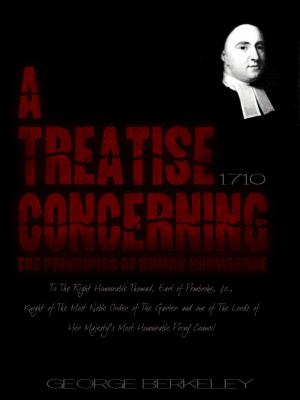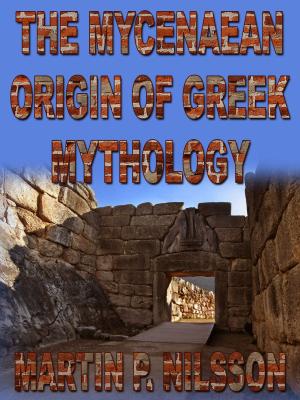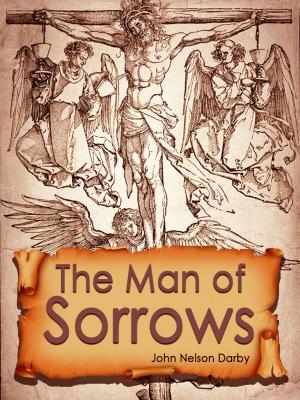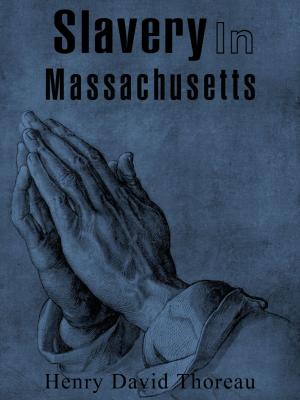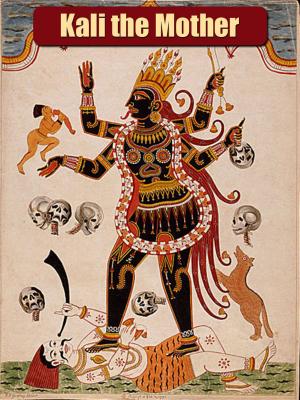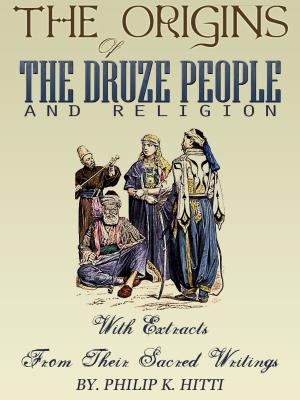Babylonian Talmud Book 1
Nonfiction, History, Ancient History, Fiction & Literature, Classics, Historical| Author: | Michael L. Rodkinson | ISBN: | 1230000021989 |
| Publisher: | AppsPublisher | Publication: | October 5, 2012 |
| Imprint: | Language: | English |
| Author: | Michael L. Rodkinson |
| ISBN: | 1230000021989 |
| Publisher: | AppsPublisher |
| Publication: | October 5, 2012 |
| Imprint: | |
| Language: | English |
Babylonian Talmud Book 1 (Vols. I and II)
Translated by Michael L. Rodkinson
On this, the appearance of our latest literary undertaking, we deem a few explanatory remarks necessary. The brief outline of the origin of the Talmud that follows may suggest the thought that we have departed from the usual manner of dealing with the questions here discussed, the more so since we have, for the sake of brevity, refrained from citing the authorities on which our statements are based. We wish, therefore, to declare here that we do not venture to make a single statement without the support of authorities well known in Hebrew literature. Our method is to select such views as seem to us the best authenticated in the historical progress of Judaism. As we have taken our choice from the numerous works on our subject, the student is entitled to adopt or to reject the views that we represent.
Most of the Mishnayoth date from a very early period, and originated with the students of the Jewish academies which existed since the days of Jehoshaphat, King of Judah.
The rabbinical students of ancient times noted the essence of the academical teachings in brief form, and, as a rule, in the idiom in which it was spoken to them, so that they could afterward easily commit it to memory. They have sometimes, however, added comments and extensive explanations in the form of notes, so that the mass of their learning, embraced in course of time, according to some authorities, as many as six hundred divisions.
Babylonian Talmud Book 1 (Vols. I and II)
Translated by Michael L. Rodkinson
On this, the appearance of our latest literary undertaking, we deem a few explanatory remarks necessary. The brief outline of the origin of the Talmud that follows may suggest the thought that we have departed from the usual manner of dealing with the questions here discussed, the more so since we have, for the sake of brevity, refrained from citing the authorities on which our statements are based. We wish, therefore, to declare here that we do not venture to make a single statement without the support of authorities well known in Hebrew literature. Our method is to select such views as seem to us the best authenticated in the historical progress of Judaism. As we have taken our choice from the numerous works on our subject, the student is entitled to adopt or to reject the views that we represent.
Most of the Mishnayoth date from a very early period, and originated with the students of the Jewish academies which existed since the days of Jehoshaphat, King of Judah.
The rabbinical students of ancient times noted the essence of the academical teachings in brief form, and, as a rule, in the idiom in which it was spoken to them, so that they could afterward easily commit it to memory. They have sometimes, however, added comments and extensive explanations in the form of notes, so that the mass of their learning, embraced in course of time, according to some authorities, as many as six hundred divisions.


